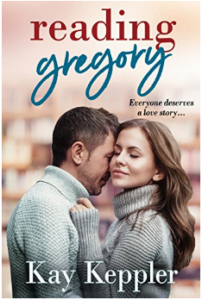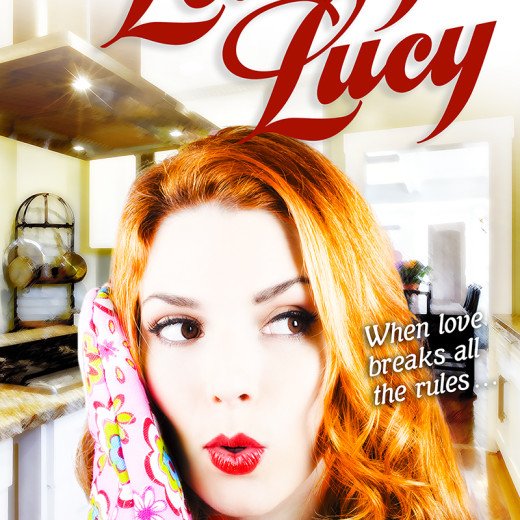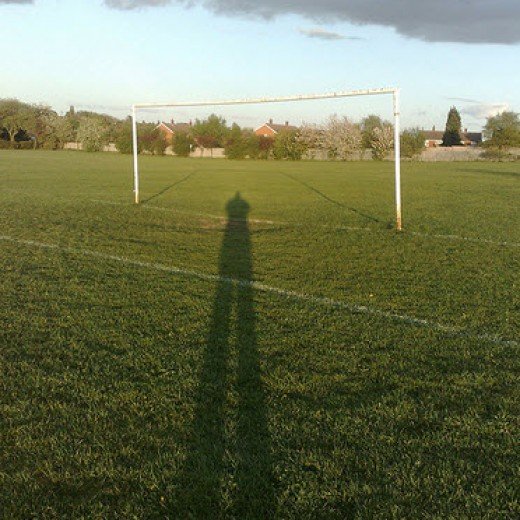Find Empathy in Your Openings by Kay Keppler
 Let’s welcome back monthly columnist, editor, and novelist, Kay Keppler, as she shares with us “Find Empathy in Your Openings.” Enjoy!
Let’s welcome back monthly columnist, editor, and novelist, Kay Keppler, as she shares with us “Find Empathy in Your Openings.” Enjoy!
***
Writers are often urged to begin their stories with action. It’s a hook, we’re told. Readers will want to find out what happened.
This advice can be good, but it isn’t always. Depending on your story, having a slower, more descriptive start that shows your readers who your characters are can be a better way to begin.
Pen! Paper! Action!
The teachers who suggest that you open your book with an action scene are really telling you to avoid scenes where characters sit and think, or walk on the beach and think, or have a cup of tea and think. These reflective openings usually are all about backstory, which happens before the real story—the story you’re telling—starts. Your readers don’t care if the mother died in childbirth forty years ago. They want to know what happens now.
An opening where your protagonist sits and thinks is duller than dishwater. But sometimes in the effort to create an action sequence—a scene where something “happens”— authors fall back on elements that now are all but cliched: car chases, death scenes, shootings, or fights. Without context, these scenes won’t hook your reader, either.
You want readers to invest in your characters. Your opening scene must show readers why they should care.
Here’s a Story for You
Therese Walsh is the co-founder and editorial director of Writer Unboxed. Her debut novel, The Last Will of Moira Leahy, was a Target Breakout Book. But she ran into trouble with her second novel, The Moon Sisters.
It goes like this: she’d been working on The Moon Sisters for about four years, as publishing imprints shut down and editors left. The fourth editor was encouraging, but she didn’t like the story premise, which was, Walsh said, “Two sisters travel to a cranberry bog in West Virginia to find the end of their recently deceased mother’s unfinished novel.”
The editor asked, Why should readers care if the sisters get to the bog and meet their goal?
Walsh had to find a way to make her editor care.
Tension Rises!
Despite multiple efforts to clarify, revise, or reimagine the story premise, Walsh drew a blank. As her deadline approached, she feared that perhaps there was no solution, and the book might never be published.
A Turning Point!
One night as Walsh struggled with her premise, she read a tweet by Jane Friedman, which read in part: “action should have context, and be as grounded as possible in a character that we’re already starting to love.”
In Walsh’s novel, scene one did start with action—one of the sisters, blinded from staring at the sun, walked to the bog her mother had always meant to visit. However, context was not in place to support the action. Walsh was asking readers to trust her without giving them anything to go on.
Yeah, no. Bad idea.
A Happy Ending
No one would ever tell an author to begin their story with backstory…except when it works. Walsh took a backstory element that she’d placed later in the story and moved it up to show the last time the protagonist saw her mother alive, the moment that broke her hope and seeded the desperate need to find it again.
The editor loved the new opening, and Walsh did, too. The story felt more immediate, the character more real. The scene clarified the story and emphasized the theme. It wasn’t just about action, it was about emotion.
Walsh met her deadline, and Library Journal named The Moon Sisters a “best five women’s fiction novels of the year.” Congratulations all around!
Lessons Learned
What can we take away from Walsh’s experience? The obvious one is that rules are made to be broken, and no one opening type will serve all stories. Practically speaking:
- When starting your story, think beyond the external story and trajectory of the plot. Think also about your protagonist’s internal arc and its inciting incident, because that’s where the story’s heart lies, and that’s what makes people care. Don’t let characters sit and think, but don’t blast them into action unless it makes sense for the story and your protagonist.
- Although you know why your protagonist is worthy of empathy, your readers may not tolerate hunting for proof of it if it’s scattered like breadcrumbs throughout your book. Make them care from the first paragraph.
- If your readers say the opening—or the story—doesn’t work, it doesn’t work. Keep at it until it does.
How’s the opening to your story? Does it feel flat? Ask someone to read it and see if they find the characters empathetic. If not, you might want to try a different approach.
Good luck!
***
ABOUT THE AUTHOR
Kay Keppler is an author Zero Gravity Outcasts, Betting on Hope, Gargoyle: Three Enchanting Romance Novellas, and editor of fiction and nonfiction –Angel’s Kiss and Outsource It!
is an author Zero Gravity Outcasts, Betting on Hope, Gargoyle: Three Enchanting Romance Novellas, and editor of fiction and nonfiction –Angel’s Kiss and Outsource It!
She lives in northern California. Contact her here at Writer’s Fun Zone in the comments below, or at kaykeppler@yahoo.com to ask questions, suggest topics, or if you prefer, complain.







I’d like to find out more? I’d love to find out some additional information.
It is not uncommon ffor exile politicians tto mount an opposition from abroad, something blogs make easier,
so caution is suggested for your reason. It’s the same voice suggesting that you shouldn’t hage done
it after yoou ignored Him thhe first time.
The individual that I quoted at the outset of these statements havve actually done a good job over
the past year and a half, using social websites to develop a
sizable and responsive list for himself.